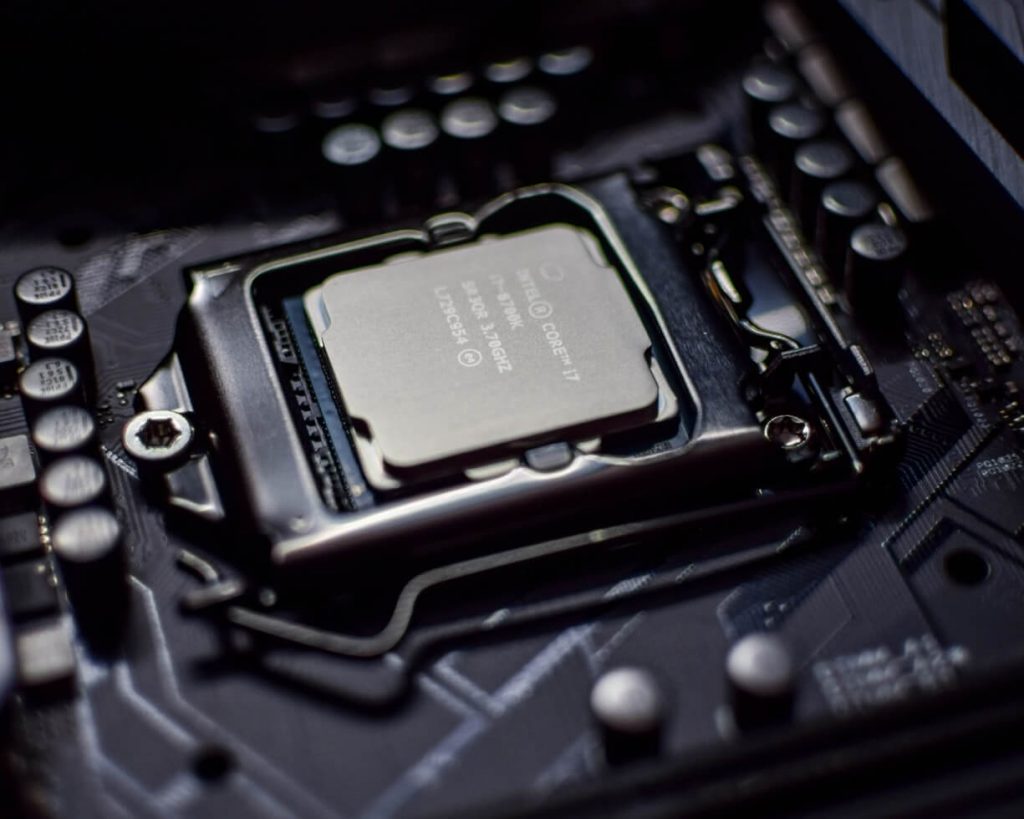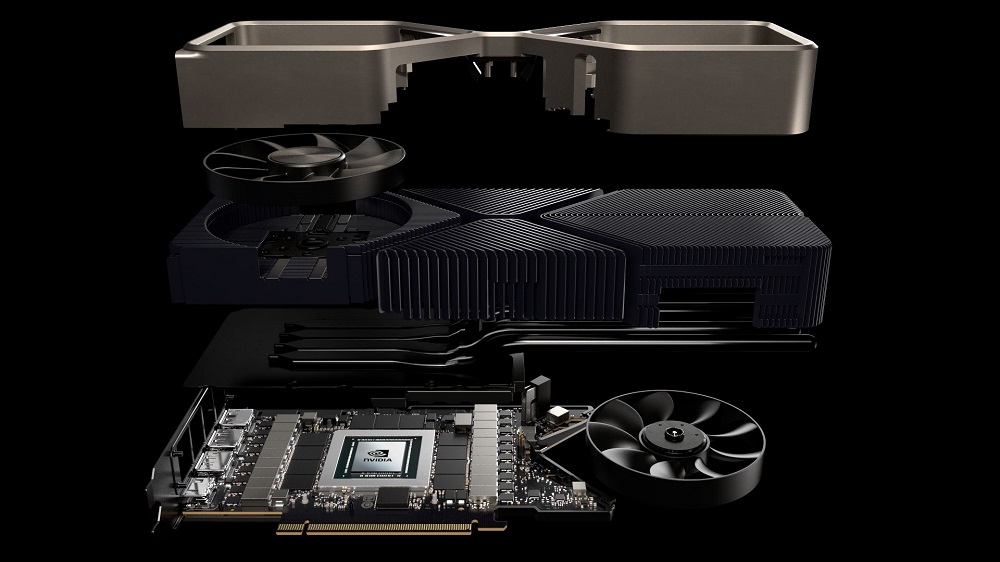The surge in demand for gaming PCs throughout the Coronavirus pandemic has been widely reported. The standard school of thought is that the general public has more disposable income than usual because pubs, restaurants and shops are shut. There are no holidays available, and everyone has an abundance of free time.
We don’t deny for a second that the pandemic has forced people to readjust their priorities, but for every person with extra income to spend, we need to remember that another finds themselves on reduced pay, because of furlough, or because they have been made redundant. There clearly have to be other factors at play.
After all, if Covid is the only factor involved, why haven’t other industries selling luxury goods that enable communication and social interaction enjoyed a similar “Covid Bounce”? Mobile phone sales were down in 2020 by 168 million units, year on year, for example.
At Chillblast we have another theory.
The last ten years have been incredibly mundane in terms of meaningful performance improvements for gamers.
Sure, storage performance has gone through the roof over this period, and GPU gains have been consistent, but the fundamental backbone of the PC – namely the CPU and motherboard – has seen an era of stagnation. An uncompetitive AMD saw Intel become ever-more complacent, with barely iterative enhancements of 2-3% per generation. Customers would regularly call us and say “I have a Core i5-2700K overclocked to 4.8GHz. What sort of performance improvements can I expect if I upgrade to the latest chip?”
We are not in the habit of misleading our customers, so the answer was usually “minimal improvements, but you’ll be able to plug in faster SSDs and external hard drives!”. Is that a particularly exciting proposition to the FPS-chasing PC gamer? Not really.

2011 – 2017: A Story of Stagnation
If we cast our eyes back and look at how CPUs evolved between the Core i7-2700K and the Core i7-7700K we see incredibly unexciting progress. Between 2011 and 2017 we saw no extra cores, very modest bumps in clock speed and backwards progress once overclocking was factored in. Yes; a 2700K running at full throttle with a decent water cooler is just as fast as a 7700K in the same conditions. Oh dear…
| Generation | i7-2700K | i7-3770K | i7-4770K | i7-5xxxK | i7-6700K | i7-7700K |
| Codename | Sandy Bridge | Ivy Bridge | Haswell | Broadwell | Skylake | Kaby Lake |
| Year | 2011 | 2012 | 2013 | Stillborn | 2015 | 2017 |
| Cores | 4 | 4 | 4 | N/A | 4 | 4 |
| Threads | 8 | 8 | 8 | N/A | 8 | 8 |
| Clock speed | 3.9GHz | 3.9 GHz | 3.9GHz | N/A | 4.2GHz | 4.5GHz |
| Generational improvement | – | 3% | 1% | N/A | 8% | 4% |
| Achievable Overclock | 4.9GHz | 4.7GHz | 4.7GHz | N/A | 4.7GHz | 4.7GHz |
Enter AMD
In 2017 AMD released Ryzen. At the time, a revolution – now the accepted market leader.
Suddenly, Team Red was offering up double the number of cores of Intel CPUs for a similar price, but with a compromise of lower per-core performance. With a max boost clock of 4GHz, the Ryzen 7 1800X was, in many benchmarks, the fastest consumer chip available.

However, for gamers, it just didn’t have the GHz to compete with Intel. The Core i7, therefore, remained the CPU of choice for gamers the world over. This new competition did, however, awake the sleeping beast in Intel and the resultant ramp in cores and clock speed has been extraordinary.
Over the next 4 years, Intel doubled its core count and delivered the biggest generational increases for, well, a generation.
| Generation | i7-7700K | i7-8700K | i9-9900KS | i9-10900K | i9-11900K |
| Codename | Kaby Lake | Coffee Lake | Haswell | Comet Lake | Rocket Lake |
| Year | 2017 | 2017 | 2019 | 2020 | 2021 |
| Cores | 4 | 6 | 8 | 10 | 8 |
| Threads | 8 | 12 | 16 | 20 | 16 |
| Clock speed | 4.5 GHz | 4.7 GHz | 5.0GHz | 5.3GHz | 5.3Hz |
| Generation improvement? | 4% | 50% | 35% | 30% | ? |
| Achievable Overclock | 4.7GHz | 4.9GHz | 5.0GHz | 5.3GHz | ? |
2020 – The Sweet Spot
So… we should have seen this bump in 2017 when 8700K was delivering a massive 50% generational bump, right? Not really.
The Core i7-8700K, for all of its core-count improvements, was still struggling to hit the performance-per-core that Sandy Bridge could capably provide way back in 2011. Cores are a fantastic bonus for video editing and rendering, but 95% of game-code doesn’t give a damn how many cores over the magic “4” you have. It simply does not affect the FPS.
It’s only when we reach the 10th Generation we see exciting gains in gaming performance; finally, the market was delivering meaningful improvements over the immense ocean of legacy hardware that exists in the market. The draw of accessing faster SSDs and quicker PCIe standards was also coming to a head, and, to be honest, those overclocked 2000 and 3000 series chips were starting to show their age.

At the very end of 2019 AMD also released its 3rd generation of Ryzen desktop chips. These were, again, slightly slower than Intel for gaming – but when paired with a high-end GPU and high resolution monitors they were essentially neck and neck with the Intel competition. Finally, gamers had a choice of high end, competitive chips from either side of the fence that could show a clean pair of heels to their 9-year old equipment. Simply upgrading the video card was no longer the compelling choice it had been for so long.
The GPU Factor
In the summer of 2020, shortly after Intel and AMD hit the CPU upgrade sweet spot, NVIDIA finally gave the PC gaming market what it craved– a proper graphics card upgrade.
The 2000 series was a bit of a damp squib, with barely any uplift in performance compared to the 1000 series, eye-watering price increases and a headline feature (ray tracing) that gamers barely needed or wanted at launch. The 3000 series was a totally different beast, though. Massive gains of up to 40% could be seen on the equivalently positioned GPU from the last generation, realistic 4K and VR gaming were now within reach and everything came together at the right time.
The market responded with an explosion of demand the likes of which we haven’t seen in 10 years.

Gamers were queuing up to get the latest Intel or AMD powered gaming rig coupled with 3000 series GPUs. At the same time, AMD was also readying the launch of its own high-end Radeon GPUs. After years in the doldrums, these GPUs have proved to be highly competitive with the best NVIDIA has to offer and have reignited competition in the graphics card sector in much the same way as we have seen for processors.
By the end of 2020, the red team released another firecracker – its 5th generation Ryzen CPU platform. Delivering as much a 20% performance per core improvement over its predecessor, AMD is now able to take the sword to Intel both in core count and performance per core, and these chips have gone on to be AMD’s most in-demand processor since the original Athlon 64 launched way back in 2003.
In short, the coronavirus pandemic may be dominating the headlines as a factor to explain the boom in gaming PCs, but we believe this is concealing far more fundamental market realities. Has Covid provided a boost to the gaming PC sector? Without a doubt, but there are far more factors at play and it would be naïve to overlook such important underlying market forces.
The outlook for the gaming PC sector has not been this strong for well over a decade, with a perfect crystallisation of CPU and GPU advances coming at once, reigniting the passion and excitement that has frankly been missing in our industry for too long.






